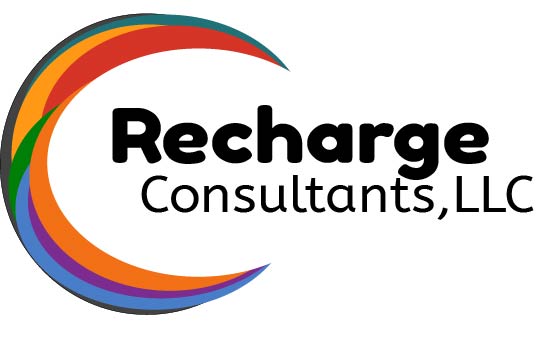Revenue cycle management (RCM) in dental practices is a crucial aspect of running a successful dental clinic. It involves managing the financial processes related to patient care, from scheduling appointments to the final payment for services. Here are the key components of RCM in dental practices:
- Patient Registration and Information Gathering:
- New Patient Intake: Collecting comprehensive patient information, including demographics, medical history, and insurance details.
- Insurance Verification: Checking the patient’s insurance coverage and benefits to ensure they cover the proposed dental services.
- Treatment Planning and Cost Estimation:
- Treatment Plan Creation: Developing a detailed treatment plan outlining the necessary procedures.
- Cost Estimation: Providing the patient with an estimate of costs, including what their insurance will cover and their out-of-pocket expenses.
- Appointment Scheduling and Pre-Authorization:
- Scheduling: Efficiently scheduling appointments to optimize the dental office’s productivity.
- Pre-Authorization: Obtaining pre-authorization from insurance companies for certain procedures when required.
- Service Documentation and Charge Capture:
- Service Documentation: Accurately documenting the services provided during each visit.
- Charge Capture: Coding the procedures using appropriate CDT (Current Dental Terminology) codes to ensure accurate billing.
- Claims Submission and Management:
- Claims Submission: Preparing and submitting claims to insurance companies electronically or manually.
- Claims Tracking: Monitoring the status of claims to ensure timely processing and payment.
- Payment Posting and Reconciliation:
- Payment Posting: Recording payments received from insurance companies and patients.
- Reconciliation: Ensuring that payments match the billed amounts and addressing any discrepancies.
- Denial Management and Appeals:
- Denial Management: Identifying and addressing reasons for claim denials.
- Appeals: Resubmitting claims with additional information or corrections to overturn denials.
- Patient Billing and Collections:
- Patient Billing: Sending bills to patients for any remaining balances after insurance payments.
- Collections: Implementing strategies to collect outstanding balances, including setting up payment plans and, if necessary, involving collections agencies.
- Reporting and Analysis:
- Financial Reporting: Generating reports to track financial performance, such as accounts receivable, claim denials, and revenue trends.
- Analysis: Analyzing data to identify areas for improvement in the revenue cycle, optimize billing practices, and reduce claim denials.
- Compliance and Regulatory Adherence:
- HIPAA Compliance: Ensuring patient information is handled securely and in compliance with HIPAA regulations.
- Regulatory Adherence: Staying updated with changes in insurance regulations, coding standards, and dental billing practices.
By effectively managing these components, dental practices can enhance their financial health, reduce the time between service delivery and payment, minimize claim denials, and improve patient satisfaction through transparent and efficient billing processes.

